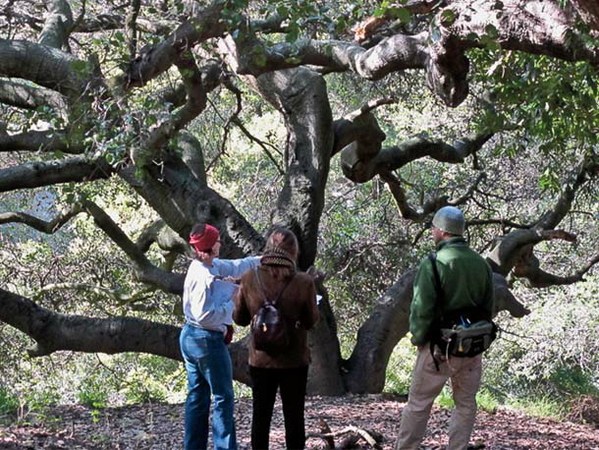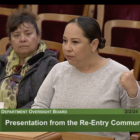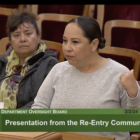Standing above her home perched on the north slope of Claremont Canyon along the Berkeley-Oakland border, Marilyn Goldhaber points across the valley. Most of the houses on the other side were damaged or razed in the massive 1991 wildfire that burned 1,520 acres and torched 3,500 homes and apartments.
Two decades later, residents are still trying to figure out how to deal with the reality of wildfire while also respecting and potentially restoring native habitats. While large agencies like the University of California and the East Bay Regional Park District develop massive fuels management policies, citizens on the ground have pursued efforts both to reduce the flammability of their neighborhoods and, in some instances, to restore the canyon’s native, fire-resilient habitats.
The largest group, the Claremont Canyon Conservancy, turns 10 years old this fall. It has drawn locals to support projects from eucalyptus removal to small-scale restoration. Meanwhile, another group, the Garber Park Stewards, has zeroed in on a 14-acre Oakland city park near the canyon bottom.
Restoring Claremont Canyon is turning out to be ecologically complex. The canyon is the largest and least-developed of the east-west canyons in the Berkeley hills. It retains substantial pockets of coastal scrub, oak/bay woodlands, maple forest, and riparian areas of willows and ferns. “This mosaic of vegetation is something we don’t generally see in the East Bay hills, especially in the fog belt,” says Lech Naumovich, director of the Golden Hour Restoration Institute.
To read the complete Bay Nature story, go here.










